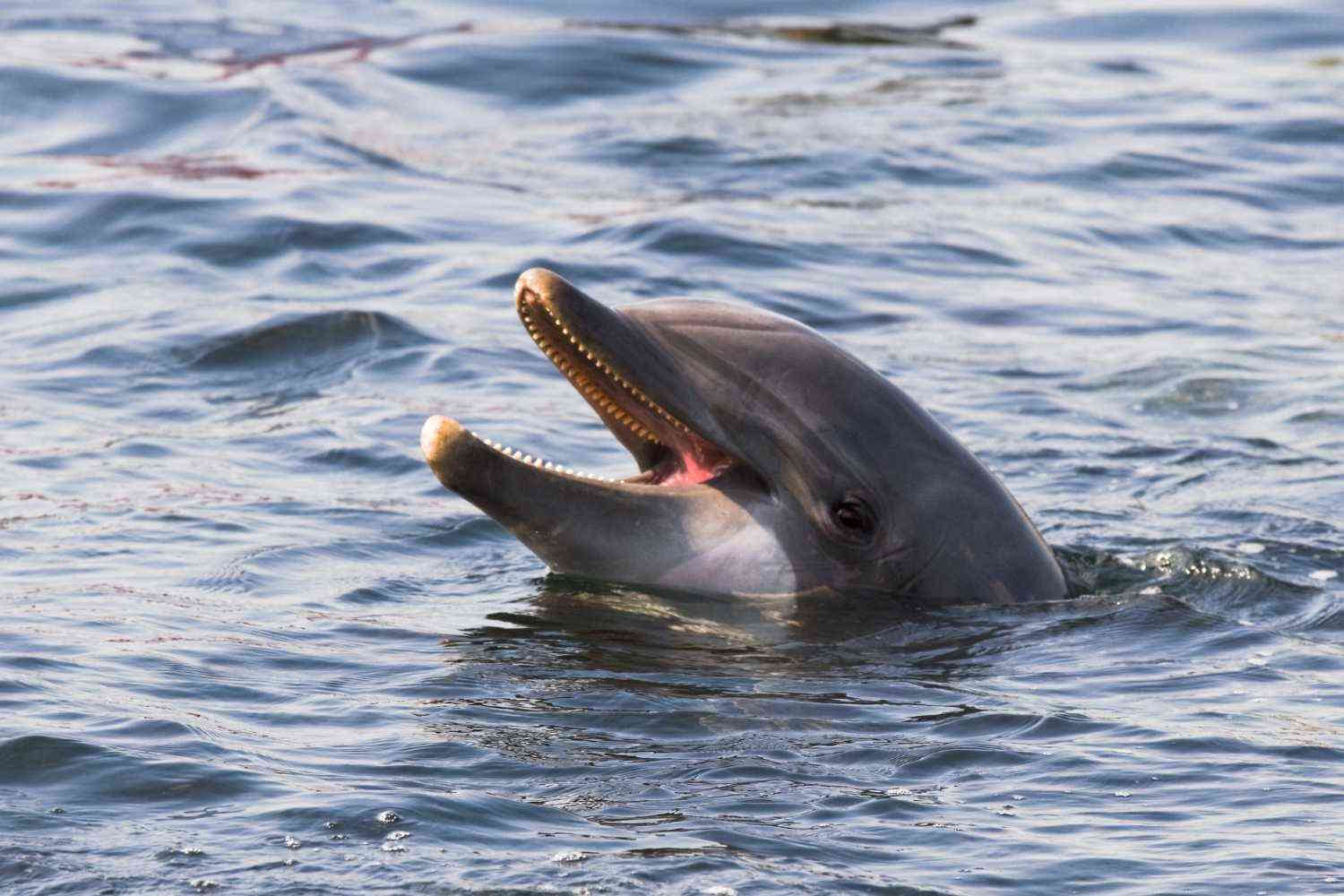Dolphins also laugh just like us humans. A new scientific study reveals the reason behind those smiles exchanged between their peers

Humans aren’t the only ones to smile, whether or not the full set of 32 teeth is involved. Many animals also display smiles or similar facial expressions, and dolphins aren’t an exception. These intelligent social creatures do more than “smile”-they laugh.
This astonishing revelation was made by a team of researchers from the Universities of Pisa, Turin, and Rennes in a new study. The study, which investigates open-mouth facial expressions of bottlenose dolphins-species Tursiops truncatus-was published in the journal Cell Press iScience.
Playful interactions and “open-mouth smiles”
The researchers, while observing a pod of captive dolphins, recorded 1,288 “open-mouth” expressions during playful interactions. An astonishing 89% of these incidents occurred during play, and in 33% of the instances, the dolphins returned the smile-like expression.
In our study, we didn’t only observe this facial expression but we also showed that dolphins can mimic it. In other words, one dolphin observing a companion ‘laughing’ will return the expression one out of three times,” explained University of Pisa Professor Elisabetta Palagi, the head of the international research team.
A Socisal phenomenon among dolphins
This was determined to be more of a playful expression that occurred with other dolphins rather than with humans or when the dolphin was alone. The data would suggest that dolphins tend to “laugh” with their buddies and use the expression to denote playful intent.
“The relaxed open-mouth expression, from carnivores to primates, including humans, is a universal sign of playfulness. It helps players avoid letting rough-and-tumble games escalate into conflict,” Dr. Palagi said.
This behavior likely evolved from mock biting, where the action lacks actual contact, a phenomenon observed in other species, including bears and mongooses.
Beyond acoustic communication
For dolphins, this reveals a non-acoustic modality of communication, adding a new layer to what was known about their social behaviors. While much research has focused on dolphin whistles and other sounds, visual communication may be equally rich in meaning.
“Visual communication carries information that could be valuable in helping scientists deepen their understanding of this species,” the study concluded.
How-ever, one important question remains to be asked: how do dolphins use visual communication in their natural habitats, where all of their behaviors remain unconstrained and uninfluenced? Indeed, further research will be paramount to answer this.
Source: Cell Press iScience
